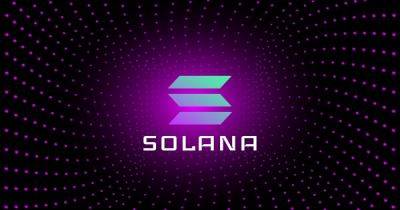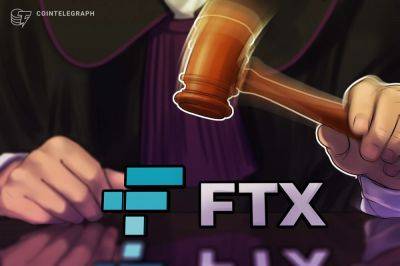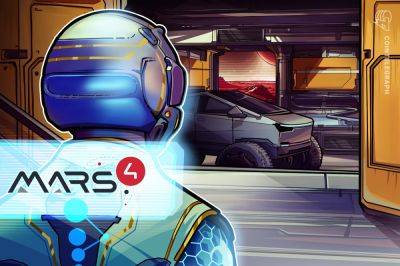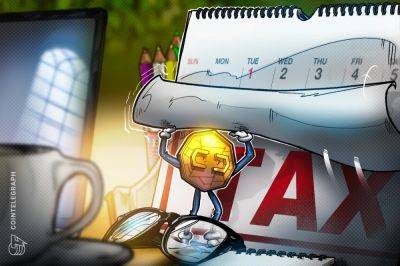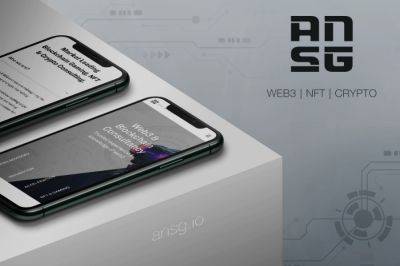The necessity of blockchain networks backed by individuals
Blockchain technology offers new horizons in terms of user governance and digital interaction between parties. It evolves with each iteration, adding new use cases and better functionality along the way. However, the technical requirements of becoming a participant in any given blockchain network, along with the complex nature of the technology itself, often prevents newcomers from running a node and becoming a validator.
Lowering those barriers should be priority number one for the whole blockchain ecosystem. If we can’t get more users to run nodes, we can’t drive decentralization, as this would force people to rely on other services to interact with blockchains. Blockchain nodes should be light enough so anyone can run them without dedicated equipment. The node software should also be simple enough so that non-technical users have no trouble operating with it.
As an infrastructure, blockchain was created to give full governance power to its actual participants rather than a centralized entity. While it provides amazing benefits in specific use cases, such as Bitcoin (BTC) does for peer-to-peer asset transfers, the way most of the current blockchain networks are designed poses quite a challenge for new users to participate.
For once, to be able to become a participant in the network, users need to run a full blockchain node and become a validator. The brief history of blockchain showed that running a validator node requires substantial technical know-how that even most tech-savvy people often lack, along with costly investments in expensive hardware.
On top of that, users are required to host the entire blockchain on their systems, 24/7, to run a full node. Imagine having the entire Ethereum blockchain downloaded on a
Read more on cointelegraph.com

